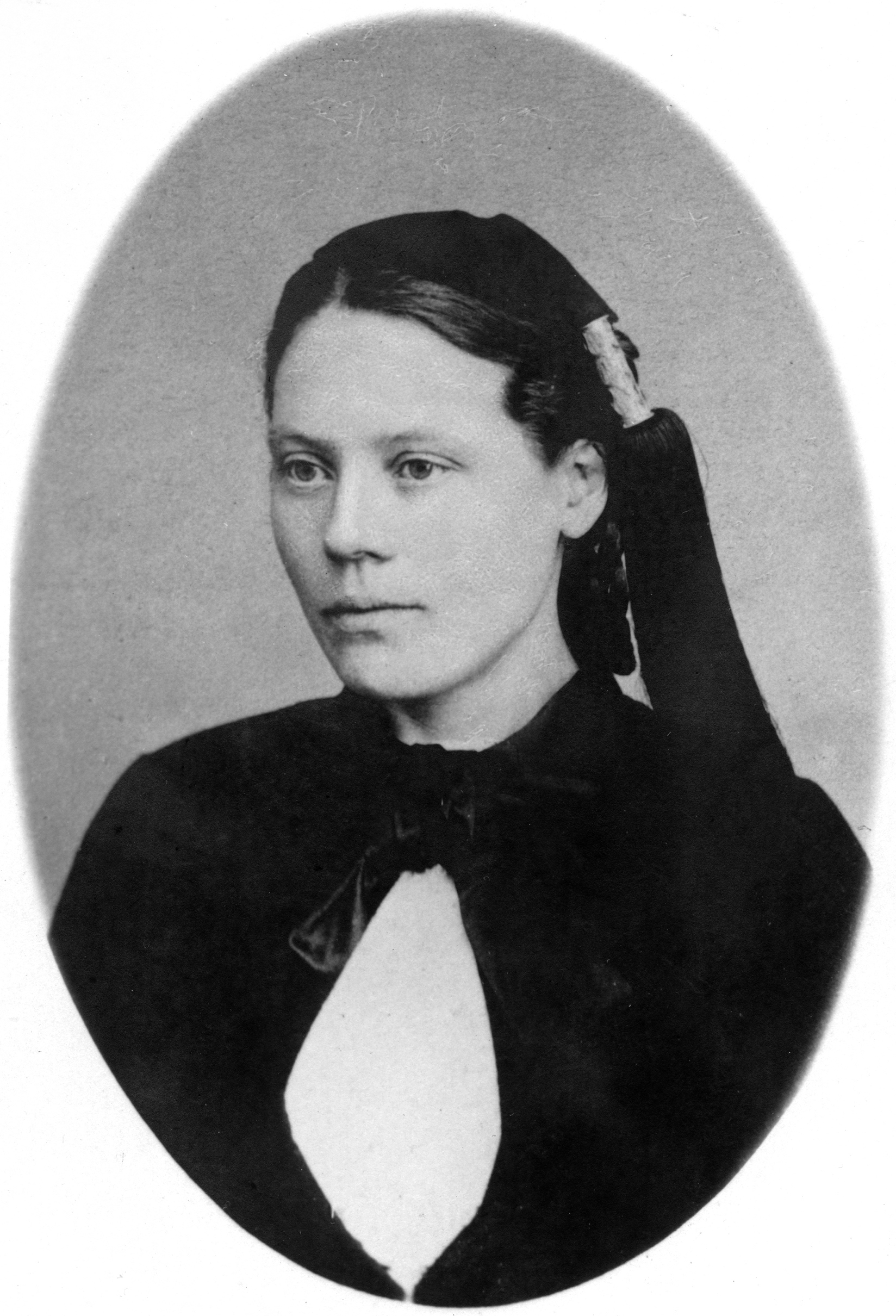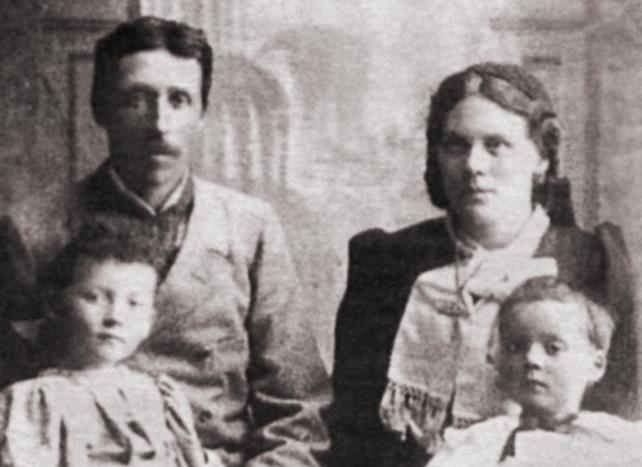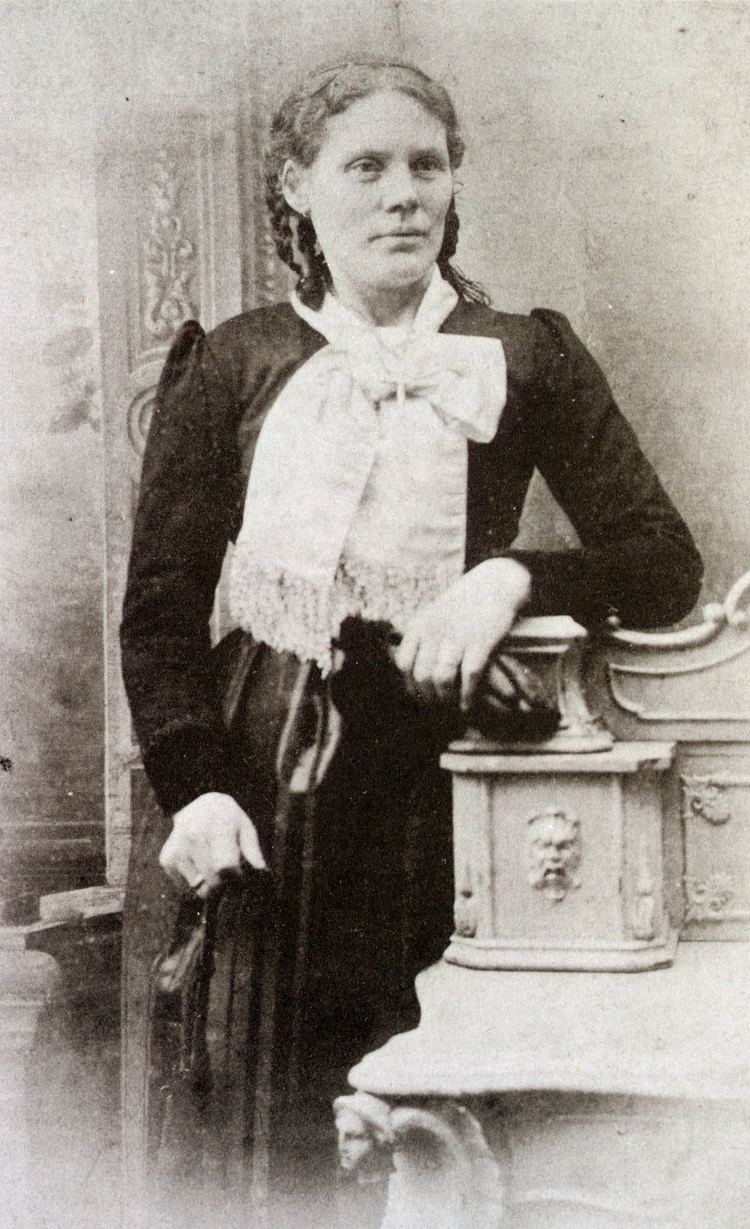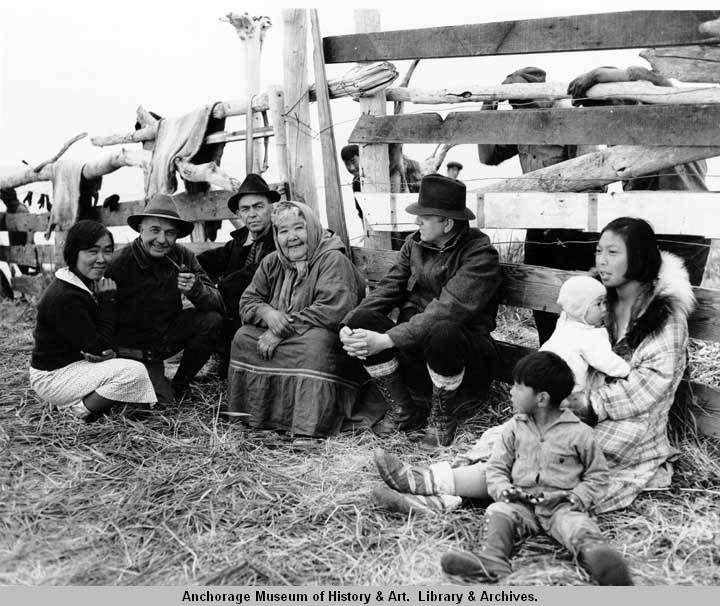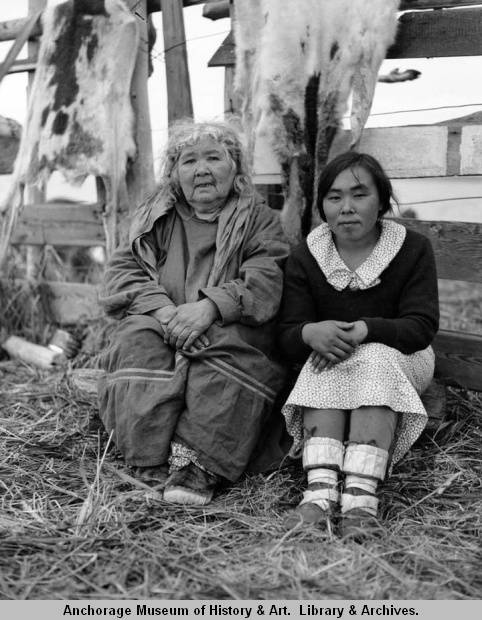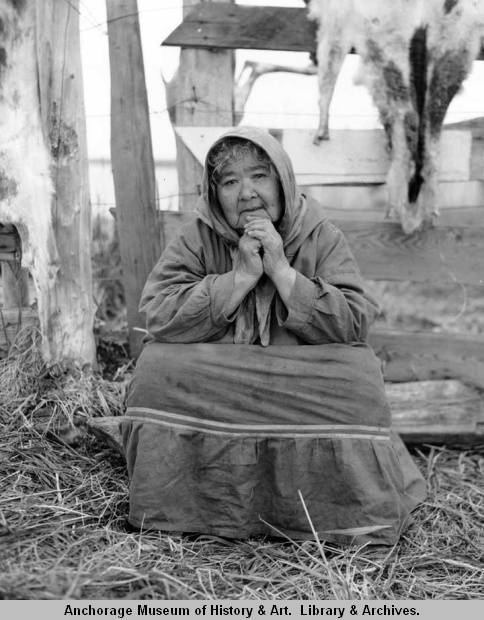Bríet Bjarnhéðinsdóttir – Iceland’s Pioneer of Women’s Rights
Today Iceland is known for its gender equality and it was this week’s heroine who paved the path for this reputation. Meet Bríet Bjarnhéðinsdóttir, a journalist, educator and politician and the driving force behind the campaign for women’s suffrage in Iceland.
Bríet was born in 1856 at Böðvarshólar, a small farm in North Iceland’s Vesturhóp, the first of four surviving children. They grew up to stories of heroes and monsters and were told the tales of the hidden people, the fairyfolk. Although there was no school for young children at the time, Bríet longed for knowledge and before she could even read she was recounting stories and the Sunday sermons to the younger children. It didn’t happen often that news found their way to the remote farm village, but whenever a newspaper did reach their household, it was a big event for everyone and the young girl loved the discussions that ensued. She also loved life on a farm, where the stories from her childhood seemed to come to life. Where the sky told of the coming days and where nothing ever stayed the same for long. And where riding a pony could be the greatest joy on earth.
Careless moments like this became scarce when her mother fell ill, being confined to her bed for four years. Bríet was only 13, yet she had to take care of the household in her mother’s stead. And for the first time she realized that she was treated differently than her brother. When he came home after a day’s work, he would be free to do as he pleased while her duty was to wait on him. Their father asked for his opinion while hers was not wanted, even though she was older. Soon she realized that her future would either be that of a wife or a servant. Higher education was out of reach entirely, not only because it was expensive but because no schools would accept her, a woman. She later said that she would have “given any other prospect of happiness offered in life for the possibility of satisfying [her] thirst for knowledge.”
Luckily this was the time of a great shift in Icelandic society and politics. The country advocated for its independence from Denmark, inspiring not only poets but the youth as well and a teenage Bríet wrote her first feminist article on women’s education – although she kept it a secret for now. Finally in 1874, a thousand years after the first acknowledged settlement, Iceland was granted home rule. Soon the first constitution and an established parliament, the Alþing, followed. Bríet, now 18, was moved and oh so thankful to be alive at a time like this. And when in that same year a school for girls was opened in Reykjavík there was no stopping her.
Determined to finally get the education she so longed for, she left her now widowed mother and moved in with a cousin in the city. This cousin also happened to be a prolific politician of the time and the owner of a vast collection of books, which proved a well of knowledge for the young woman. She stayed for two years. You might wonder what happened to the goal of attending school. Well, I mentioned before that it was quite an expensive endeavor and Bríet’s family was not exactly rich. But eventually she secured a loan that would allow her to attend school for one winter. Although the other girls in her class had been spending the previous year in school already, she surpassed them all and came out on top of her class. She had passed the exam for 2nd class now, but that was all that was open to her. The only thing she could do was resort to teaching and that is what she did. But again she found herself unsatisfied in her quest for knowledge.
Once more it was the zeitgeist that came to her rescue. In 1882, two years after her graduation, women gained partial suffrage – at least widows and “independent unmarried women” were allowed to vote now. In 1885 Bríet found an interesting article in the local newspaper ‘Fjallkonan.’ It was written by the editor himself, Valdimar Ásmundsson, and it centered on women’s suffrage. And Bríet decided to send in a polished version of her own article; after all she had written about the topic years ago! And in that same year her article was published as the first newspaper article ever written by an Icelandic woman. Two years later she was asked to give a lecture on the position and rights of women, the first woman to do so, and her performance was well received by audience and press alike.
You might think this is where her career took off, but you’d be mistaken. In 1887 she married Valdimar, the editor who published her article, and dedicated herself entirely to the role of wife and soon mother of two. Her husband tried to convince her to start a career in the newspaper business, editing a women’s paper but she wouldn’t be persuaded. Only in 1894 would she return to the political landscape, founding a women’s society in Reykjavík that propagated gender equality. And a year later she would go into journalism after all, founding Iceland’s first women’s magazine, Kvennablaðið (which literally means “women’s magazine). The paper focused on home and educational reform and quickly became popular with the country’s population and was widely circulated.
In 1902 Bríet’s husband suddenly died. Not only did she find herself a single mother now but she was also left alone with not only her magazine but his publications as well. For a while she took the workload, editing his paper as well as a small journal for children and of course her own magazine. After two years she decided it was time that she got a break and booked a trip to Scandinavia. Travelling Denmark, Norway and Sweden she met many interesting women and saw much and so the trip became a study trip as well as a well-earned holiday. For the first time Bríet realized there was an international women’s movement and in 1906 she was invited to the congress of the International Woman Suffrage Alliance (IWSA) in Copenhagen.
Inspired she returned home and promptly opened the conversation about women’s suffrage. While she had been abroad however the feminist groups had dispersed; her original women’s society had ceased to be political after its president died and there were no feminist publications left. But that only motivated Bríet even more and in 1907 the Icelandic Women’s Rights Association was founded in Reykjavík. She began travelling around the country, organizing public meetings and founding branches of her association. In that same year women were allowed to be elected to city council – an early success! It was however difficult to find women willing to even stand for election, but Bríet stepped forward and soon three others followed. All of them were elected to Reykjavík city council in 1908. Bríet got to work immediately and introduced many educational reforms, like school physicians and nurses, swimming lessons for girls, playgrounds and many more. Bríet’s work now truly bore fruit. In 1911 women were given the same rights in education, scholarships and all schools were opened to women as well as men. In 1913 she was elected for a second term in the city council.
Along the way Bríet also took care of her children’s education and in 1910 her eldest, Laufey Valdimarsdóttir was the first woman to graduate from Reykjavik High School with the highest grade possible! Both, Laufey and her younger brother Héðinn Valdimarsson became politicians themselves. But that came much later.
In 1920 Bríet’s quest was won: women received equal suffrage rights. Coincidentally it was also the 25th anniversary of her magazine, the Kvennablaðið. It had propagated all of the rights for women that had slowly been implemented since and although it had lost a lot of its following one its focus shifted to more political topics, the paper prevailed. Now that the vote was granted, all women who had previously been indifferent to the suffragists’ work streamed to the polls, eager to make their voices heard. And Bríet saw her chance. After she had unsuccessfully tried to run for parliament in 1916, she tried again ten years later. Unfortunately she was not elected once again or she would have been the first woman in a country’s parliament, but as it is she was the first woman to run for a seat.
Then it became quiet around our brave suffragette. Her Women’s Association became less of a partisan group and instead focused to support women in their daily lives. The struggle was over and Bríet returned to her life as an editor. For over ten years she was able to enjoy the world she helped to create until she passed away in 1940. She lived to see the fruit of her labour and made the world a better place for her children and theirs – and she did it on her terms.
image credits:
1: “Bríet Bjarnhéðinsdóttir, Icelandic leader of women’s suffrage” by Magnús Ólafsson (ca. 1886 – 1890) – Link
2: Picture of the young Bríet Bjarnhéðinsdóttir, ca. 1880 – Link
3: Valdímar Ásmundsson, his wife Bríet Bjarnhéðinsdóttir and their children Laufey and Héðinn around 1900. – Link
4: undated photograph of Bríet Bjarnhéðinsdóttir, probably around 1880 – Link
5: image obtained from Óðinn, May 1908, page 12

